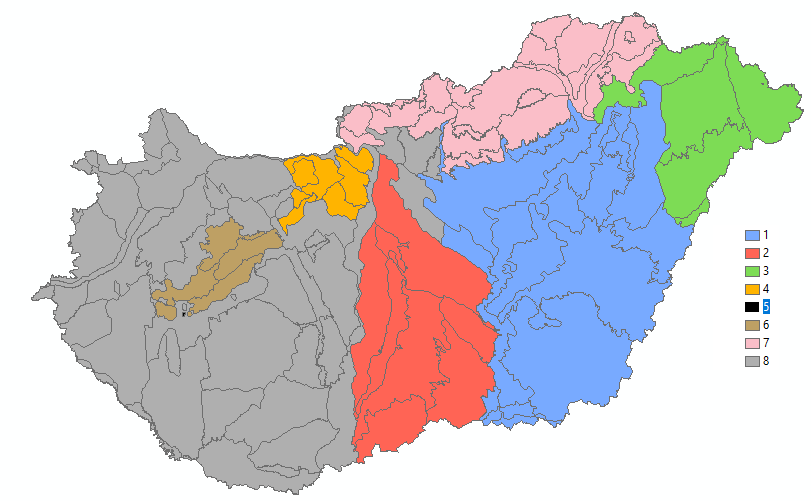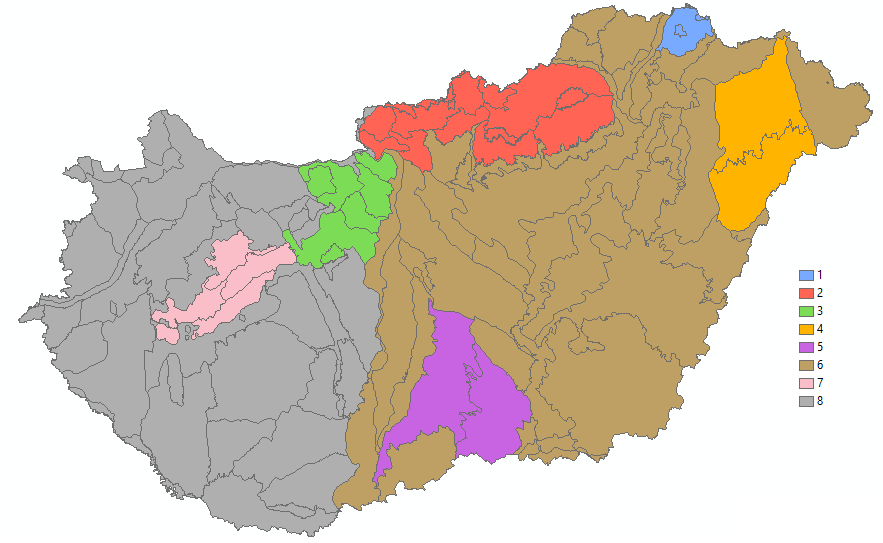Developing seed transfer zones to guide ecological restoration, based on different biogeographic and vegetation maps with the use of PNV
AIM
To handle the problems of regional genetic variation and provenance during ecological restoration, seed transfer zones are established. As the genetic analyses of each transferred species to find their transfer zones is not feasible, maps based on environmental variables and vegetation maps have been suggested as proxies to capture sufficient amount of intraspecific genetic variation across species and used to guide regulations of native restoration programmes regarding provenance. The aim is to develop such a seed transfer zone map for Hungary with the use of different biogeographic and vegetation maps. In order to gain low number of units to be manageable in practice, exitsing finer vegetation regions have to be merged. In this process the potential natural vegetation (PNV) maps are used to find the most similar habitat type composition in neighboring polygons.
MATERIAL AND METHOD
To define how to divide the seed zones we used the vegetation based landscape-region map (Molnár et al. 2008) that delineates 109 vegetation regions within the territory of Hungary. In order to merge the regions based on their habitat composition similarity, the potential (natural) vegetation (PNV) model was used (Somodi et al. 2017). The model provides probability values given as ranks (0-4) for 39 vegetation types at 35-Ha hexagonal grid cells. Data of hexagons falling within the vegetation regions were compared by clustering. The resulting clusters are mapped and checked for validation. Several selections were tested beyond including all habitat types, like only non-forested habitats, grasslands or forest.
PRELIMINARY RESULTS
In ARCGIS, cluster (group) analyses were applied. The resulting dendrograms were cut at 6, 7 and 8 clusters. Two maps are shown below.

Grouping Analysis, Grasslands (Halophytic + Dry), Clusters: 8, Spatial Constraints: Contiguing Edges only, Distance method: Euclidean

Grouping Analysis, Forest. Clusters: 8. Spatial Constraints: Contiguing Edges only, Distance method: Euclidean
Further information: Katalin Török, research associate professor at the Department of Terrestrial Ecology of the MTA Centre for Ecology, Institute of Ecology and Botany